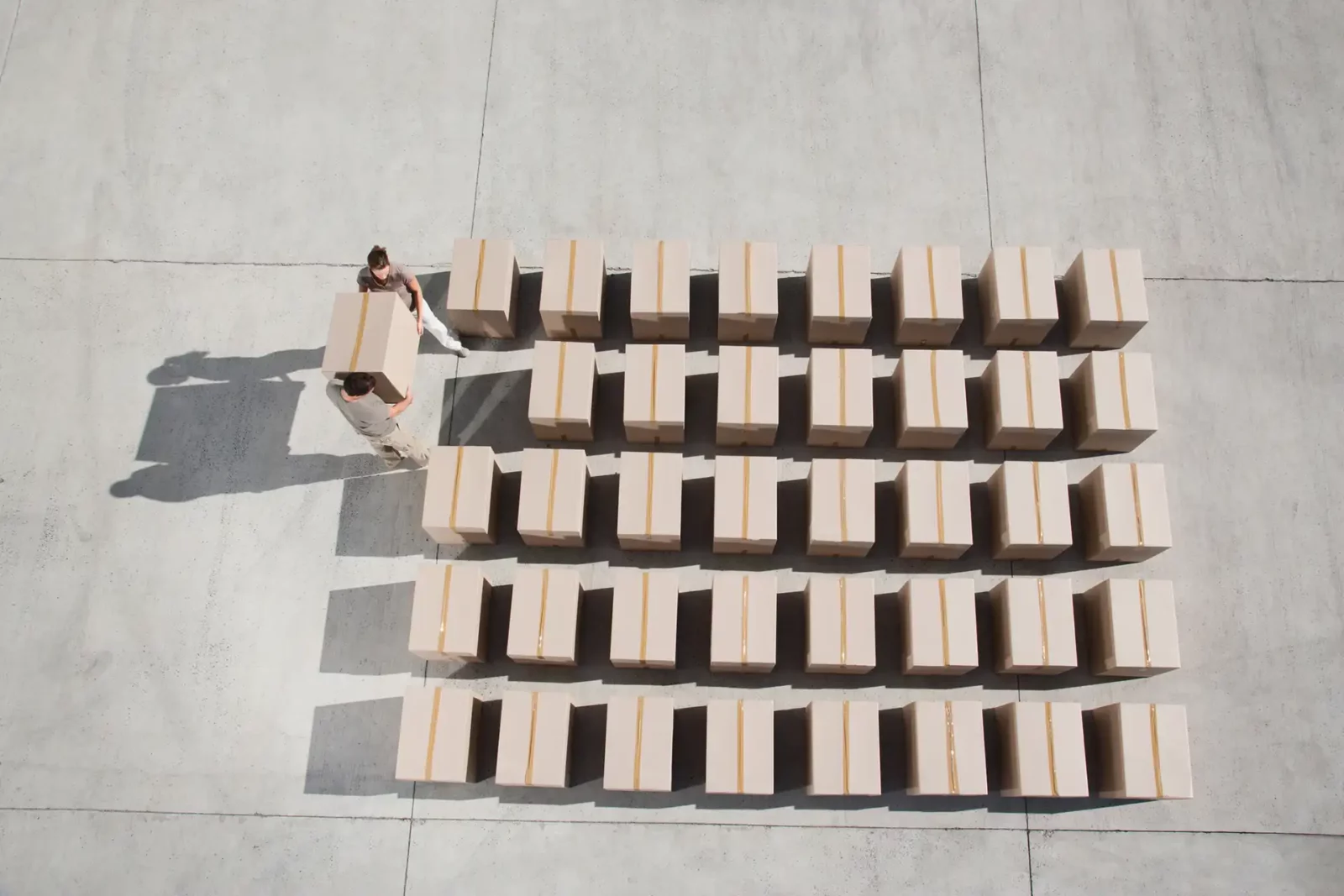For people not familiar with the problem, negative inventory seems ridiculous. However, minus signs don’t imply having less than nothing. They indicate an “accounting” error somewhere in your inventory management system. Here are two common causes for this problem:
Timing Mistakes
You receive a shipment from a supplier that is immediately shipped to a customer. In addition, suppose you enter the shipment to the customer into your inventory tracking system before you enter the inbound shipment from your supplier, then it will momentarily show an inventory that’s less than the true quantity. If the initial inventory was less than the supplier shipment, then your inventory count will be less than zero until you enter the supplier shipment into the system.
The longer the delay between the two entries, the longer the system will indicate a negative inventory. Timing errors of this kind are self-correcting. However, since the inbound shipment had to go through receiving before being shipped out, the timing problem is avoided when both receiving and shipping immediately enter the items into the system as they pass through their departments. The use of barcode scanners that directly interface with an inventory management system greatly facilitates this process.
Entry Mistakes
There are many ways that entry mistakes can happen. Some types of entry mistakes balance out globally yet show up as negative inventory locally. For example, if you have two warehouse locations and you transfer inventory between them, an entry error of any amount will not change the net combined inventory of the two warehouses. However, the inventory count for each warehouse will be offset by the amount of the error. One will have a positive offset while the other will have a negative offset. Sometimes the negative offset causes a negative inventory record for the affected warehouse.
Sometimes a product shipment to a customer is mistakenly attributed to the wrong warehouse. Although the quantity shipped is entered correctly, where it was shipped from is incorrect. While the combined inventory of all warehouses is correct, an error will show up at two of the warehouses. The one that actually shipped the product will appear to have more than it actually has while the other will appear to have less.
Many entry mistakes don’t balance out at any level and may or may not result in negative inventory. If you subtract out more than is currently in inventory, then you will get a negative number. Otherwise it will be a positive incorrect number. When the error causes a positive inventory level, then there is no negative number to act as a red flag that something is wrong. Knowing that your inventory count is wrong is better than doing business as usual in ignorance.
Correcting negative inventory can be as simple as waiting for a brief period to see if it self corrects. Otherwise you will have to investigate how the problem cropped up. However, the best way to handle this problem is preventing entry mistakes as much as possible. While they can’t be completely eliminated, you can substantially reduce their occurrence through the use of a warehouse management system that integrates all of your warehouse operations. Contact us today to learn more.







